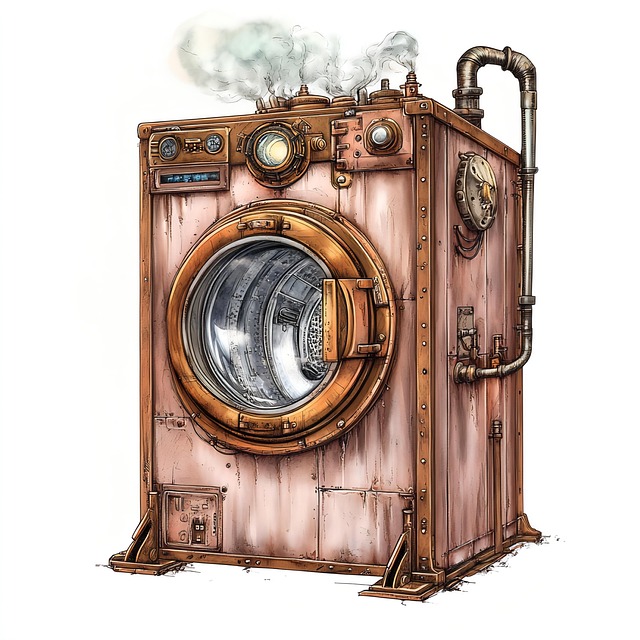Promptly identify and resolve moisture issues to prevent mold growth. Use non-toxic cleaning solutions like vinegar, baking soda, and essential oils (e.g., tea tree oil) for natural mold remediation. Improve ventilation through window opening, fans, and air dispersion to reduce humidity. Implement regular deep cleaning routines with non-toxic methods, focusing on prone areas. Maintain optimal humidity (30% – 50%) using devices like ACs, dehumidifiers, or humidifiers for effective non-toxic mold remediation.
Maintaining a mold-free home is crucial for both indoor air quality and family health. This guide offers natural, non-toxic solutions for comprehensive mold prevention and remediation. By addressing moisture issues promptly, adopting effective cleaning routines, enhancing ventilation, and utilizing essential oils, you can create a healthy living environment. Learn how to balance humidity levels and implement these simple yet powerful strategies for long-lasting protection against unwanted mold growth.
- Identify and Address Moisture Issues Promptly
- Natural Cleaning Solutions for Prevention
- Enhance Ventilation for Air Quality
- Utilize Essential Oils as Natural Mold Inhibitors
- Implement Regular Deep Cleaning Routines
- Create a Balanced Humidity Environment
Identify and Address Moisture Issues Promptly

Moisture is a breeding ground for mold, so identifying and addressing leaks or high humidity areas promptly is crucial in preventing its growth. Check for any visible signs of water damage, such as stains on walls or ceilings, or musty odors, which could indicate an underlying moisture problem. If you notice any, take immediate action to fix the issue. This may involve repairing a leaky pipe, improving ventilation in bathrooms and kitchens, or using dehumidifiers in areas with high humidity. Regularly inspecting these problem zones will help ensure that any moisture issues are caught early, preventing mold from taking hold and allowing for easier, more effective non-toxic mold remediation.
Natural Cleaning Solutions for Prevention
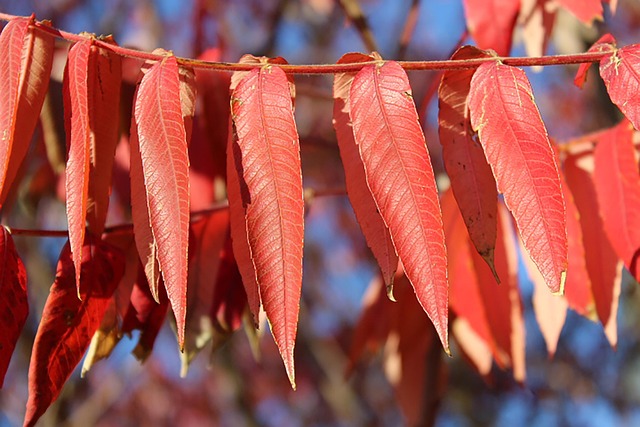
Maintaining a mold-free home naturally starts with creating an environment that discourages mold growth. One effective strategy is to use natural, non-toxic cleaning solutions. White vinegar, for instance, is a powerful disinfectant and deodorizer that can be used to clean surfaces and remove moisture, a key condition for mold development. Baking soda is another versatile ingredient, acting as a mild abrasive and odor neutralizer, suitable for various cleaning tasks around the house.
Beyond these common kitchen ingredients, essential oils like tea tree oil possess antimicrobial properties, making them effective in preventing mold growth. Diluting a few drops of these natural oils with water can be used to clean surfaces and freshen the air, creating a hostile environment for mold spores to thrive. Adopting non-toxic mold remediation practices not only promotes a healthier living space but also ensures that your cleaning methods align with eco-friendly principles.
Enhance Ventilation for Air Quality

Improving air quality is a vital step in preventing mold growth naturally. Adequate ventilation plays a crucial role in this process. Ensure your home has sufficient fresh air circulation by opening windows regularly, especially during warmer months when humidity levels tend to rise. Consider using fans to enhance airflow; these can help disperse moist air and reduce condensation on surfaces.
Good ventilation reduces the chances of stagnant, humid air, which molds thrive upon. Additionally, it supports the use of non-toxic mold remediation methods by creating an environment that discourages mold development without resorting to harsh chemicals. This natural approach not only keeps your home healthy but also ensures a safer and more comfortable living space for all occupants.
Utilize Essential Oils as Natural Mold Inhibitors
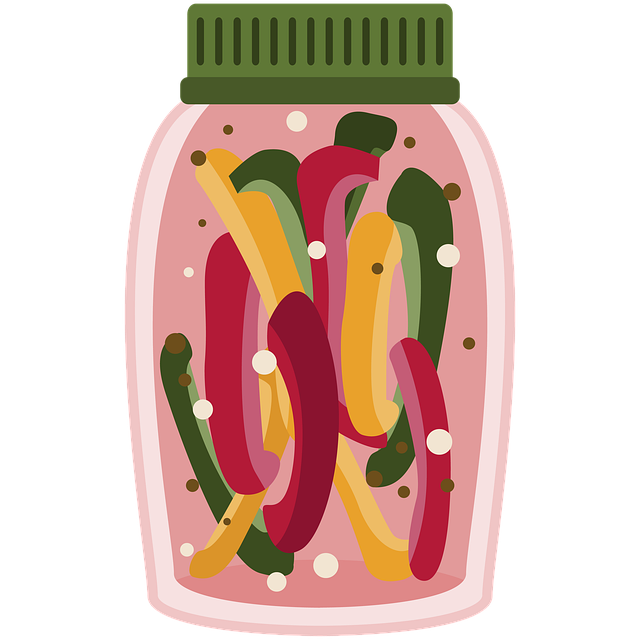
Essential oils offer a natural and effective way to combat mold growth in your home, providing an eco-friendly alternative to harsh chemicals. These powerful aromatics have been used for centuries due to their antimicrobial properties. When introduced into your living spaces, they can create an inhospitable environment for mold, bacteria, and other microorganisms.
Popular choices like tea tree oil, lemon essential oil, and lavender are renowned for their mold-fighting abilities. Adding a few drops of these oils to a spray bottle filled with water allows you to create a non-toxic, natural cleaner. Regularly spraying surfaces in damp areas or where mold has previously appeared can help prevent future growth, ensuring a healthier and more comfortable living environment.
Implement Regular Deep Cleaning Routines
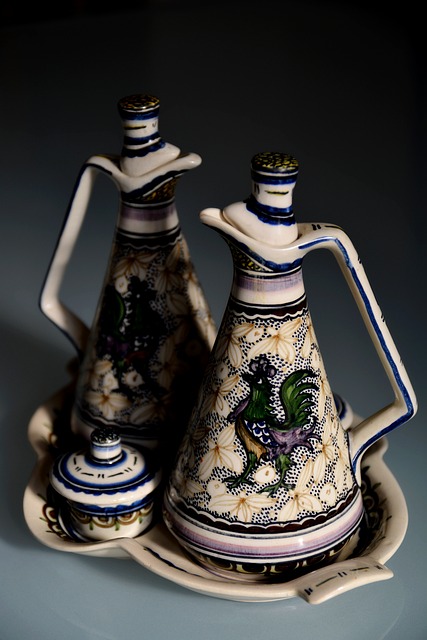
Implementing regular deep cleaning routines is a proactive step in preventing mold growth naturally. Mold thrives in dark, damp environments, so addressing moisture issues promptly is key. Schedule thorough cleanings every few months, focusing on areas prone to moisture buildup like bathrooms and kitchens. Use non-toxic, natural cleaning solutions such as vinegar, baking soda, and essential oils to avoid harsh chemicals that may contribute to indoor air pollution.
Deep cleaning involves scrubbing surfaces, mopping floors, and ensuring good ventilation. Pay special attention to corners and hard-to-reach areas where mold can hide. Regular cleaning not only eliminates existing mold but also disrupts its life cycle, making it less likely to recur. Remember, a clean home is a mold-free home.
Create a Balanced Humidity Environment
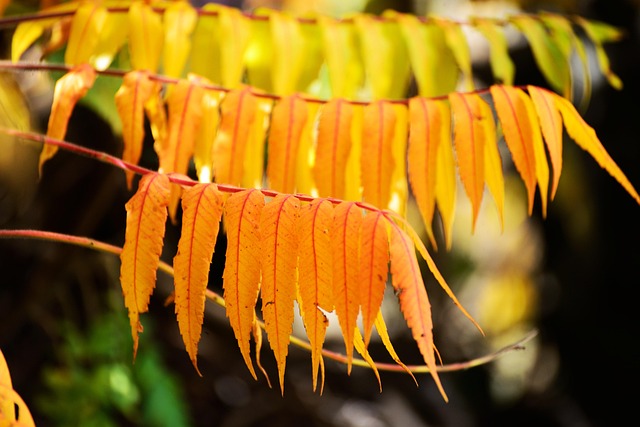
Maintaining a balanced humidity level in your home is one of the best natural ways to prevent mold growth. Mold thrives in damp environments, so keeping moisture levels in check is essential for non-toxic mold remediation. Aim for relative humidity between 30% and 50%, which can be measured with a hygrometer. During humid months, use air conditioners or dehumidifiers to reduce moisture in the air, especially in areas prone to condensation like bathrooms and kitchens. Conversely, in dry seasons, use a humidifier to maintain optimal humidity levels, as too little moisture can also contribute to mold issues.
Regularly checking and adjusting your home’s humidity will create an inhospitable environment for mold. Ensure proper ventilation in all rooms, especially after showering or cooking, to minimize condensation buildup. Keep windows open when possible, and consider using fans to circulate air, further reducing the chances of mold development. By maintaining a balanced humidity environment, you take a significant step towards naturally preventing mold growth and promoting a healthier home.
